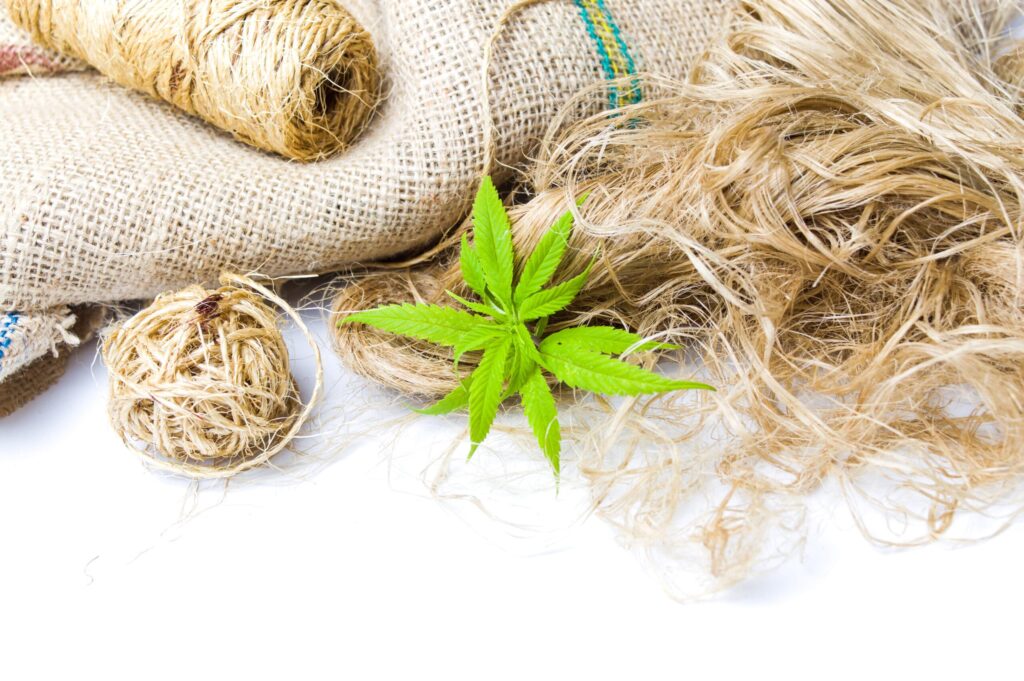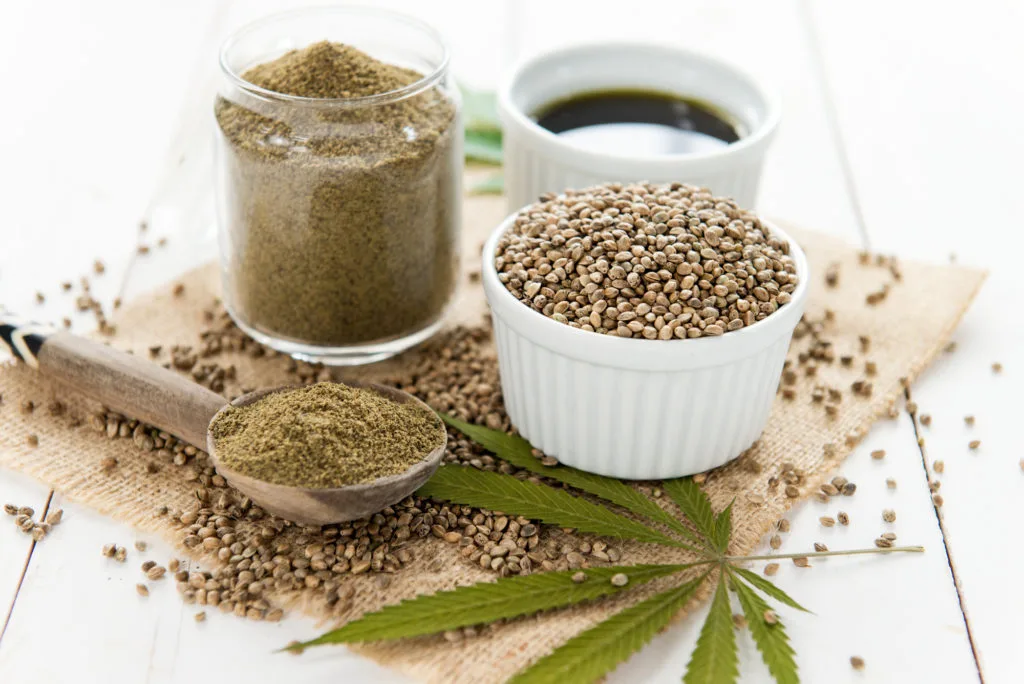In the ever-evolving world of agriculture and wellness, hemp has emerged as a powerhouse, blending ancient roots with modern innovation. As of 2025, the global industrial hemp market is valued at $11.42 billion, projected to skyrocket to $47.82 billion by 2032, driven by demand for sustainable textiles, biofuels, and health supplements. For Hemp Manufacturers navigating this boom, compliance isn’t just a checkbox—it’s the lifeline that separates thriving enterprises from costly shutdowns. Hemp Suppliers face similar pressures, ensuring their raw materials meet stringent standards, while Hemp Online retailers grapple with digital borders in a patchwork of laws. This post dives into how these players stay ahead, armed with facts, figures, and forward-thinking strategies.
From Farm Bill to Frontlines: The Evolution of Hemp Rules
The 2018 Farm Bill marked a seismic shift, removing hemp—defined as cannabis with no more than 0.3% THC—from the Controlled Substances Act, unleashing a $307.3 million U.S. hemp production industry in 2025. This federal green light empowered states and tribes to craft their own programs under USDA oversight, with 42 states introducing legislation by 2025 to regulate or restrict hemp-derived cannabinoids. Hemp Manufacturers must align with USDA guidelines, which include licensing, sampling, and disposal protocols for non-compliant crops. The program’s extension of enforcement delays until December 31, 2025, for certain testing requirements offers temporary relief, but underscores the need for vigilance.
State variations add layers: Texas requires a $258 annual consumable hemp products license per location, covering manufacturing and distribution. California’s emergency rules, now permanent, ban THC in hemp foods and beverages, forcing recalls and reformulations. Meanwhile, New Mexico’s August 2025 amendments tighten extraction and manufacturing standards, highlighting how regional tweaks can disrupt supply chains. These rules aim to curb intoxicating products, with congressional bills like the FY26 Ag Appropriations pushing for stricter federal thresholds.

Lab Coats and Legal Eagles: Core Compliance Tactics
Staying compliant demands a multifaceted approach. Hemp Manufacturers prioritize third-party testing to verify THC levels, with USDA mandating DEA-registered labs for accuracy. Best practices include fostering a “culture of compliance” from leadership down, as emphasized in industry benchmarks. This means regular audits, employee training on FDA labeling rules—which prohibit unverified health claims—and integrating software for real-time regulatory tracking.
Hemp Suppliers play a pivotal role by sourcing from licensed growers under state or tribal plans, ensuring traceability from seed to shelf. With 15.40% CAGR in the global cannabis market reaching $39.05 billion in 2025, suppliers use blockchain for transparency, mitigating risks of contamination or mislabeling. For Hemp Online platforms, compliance extends to age verification and state-specific shipping bans; California’s SB 378, introduced in 2025, targets unlicensed online sales of intoxicating hemp. Successful firms like those in voluntary hemp certification programs adopt best practices such as geocode filtering to avoid restricted areas.
Figures show the stakes: Non-compliance can lead to FDA warning letters, as seen with manufacturers touting dubious benefits, resulting in product seizures. Yet, proactive measures pay off—companies with robust HR compliance see reduced turnover and legal fees in this $91.10 billion U.S. cannabis market by 2033.
Stormy Skies: Hurdles in the Hemp Highway
Despite growth, challenges abound. Regulatory fatigue tops the list, with 10 emerging issues in 2025 including lab testing inconsistencies across states. Hemp Manufacturers struggle with varying THC definitions; some states ban all intoxicating cannabinoids, while others permit low-dose products. Suppliers face supply chain disruptions from bans like Alabama’s on consumable hemp, affecting interstate commerce.
Hemp Online sellers confront digital dilemmas: Federal loopholes allow <0.3% THC sales nationwide, but state crackdowns—like Texas’s possession bans—complicate fulfillment. A 2025 survey reveals 42% of businesses cite confusion over hemp vs. cannabis distinctions as a major barrier. Extraction hazards remain unaddressed in many regulations, posing safety risks and compliance gaps. These hurdles have led to mixed court outcomes for industry challenges against state restrictions.
Innovation Amid the Ink: Strategies That Shine
To conquer these, Hemp Manufacturers invest in AI-driven compliance tools, predicting regulatory shifts and automating reports. Building dedicated teams to monitor updates—such as June 2025’s multi-state changes—is key. Suppliers diversify sources, partnering with USDA-approved programs for reliable yields, as North America’s market surges with governmental support.
For Hemp Online, hybrid models blend e-commerce with physical verification, complying with bills like those restricting direct-to-consumer intoxicating sales. Success stories include firms leveraging the Hemp Production and Disposition Inquiry for data-driven decisions, boosting efficiency in a market growing at 22.4% CAGR to $30.24 billion by 2029. Emphasizing sustainability, like using hemp for eco-friendly packaging, aligns with consumer trends and eases regulatory scrutiny.
Crystal Balling Compliance: The Road Ahead
Looking to 2032, with the industrial hemp market hitting $47.82 billion, federal clarity looms via rescheduling and banking reforms. Hemp Manufacturers anticipate tighter loophole closures, demanding agile adaptations. Suppliers will benefit from expanded USDA programs, while Hemp Online evolves with AI for geo-compliant sales. Innovations in non-intoxicating applications, from biofuels to textiles, promise diversification beyond CBD’s 19% CAGR.
Ultimately, compliance is the compass guiding this green revolution. By staying informed, innovative, and integrated, players in the hemp ecosystem not only survive but thrive, turning regulatory rapids into rivers of opportunity.
Discover the future of hemp with NanoHempTechLabs, your trusted partner in compliant wholesale products. As leading Hemp Manufacturers, we navigate the regulatory maze outlined in our latest blog, ensuring every batch meets USDA standards and state-specific rules like Texas’s licensing and California’s THC bans. Our Hemp Suppliers source premium, traceable materials, fueling the $11.42 billion global market’s growth to $47.82 billion by 2032. For Hemp Online retailers, we offer innovative, non-intoxicating solutions with third-party testing for peace of mind. Elevate your business with sustainable, high-quality hemp—schedule a call today to discuss wholesale opportunities and customized strategies!
Reference:
- Adesina, I., Bhowmik, A., Sharma, H., & Shahbazi, A. (2020). A review on the current state of knowledge of growing conditions, agronomic soil health practices and utilities of hemp in the united states. Agriculture, 10(4), 129. https://doi.org/10.3390/agriculture10040129
- Falkner, A., Kolodinsky, J., Mark, T., Snell, W., Hill, R., Luke, A., … & Lacasse, H. (2023). The reintroduction of hemp in the usa: a content analysis of state and tribal hemp production plans. Journal of Cannabis Research, 5(1). https://doi.org/10.1186/s42238-023-00181-0
- Malone, T. and Gomez, K. (2019). Hemp in the united states: a case study of regulatory path dependence. Applied Economic Perspectives and Policy, 41(2), 199-214. https://doi.org/10.1093/aepp/ppz001





